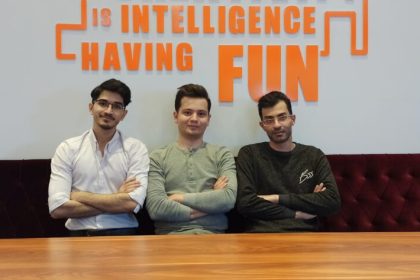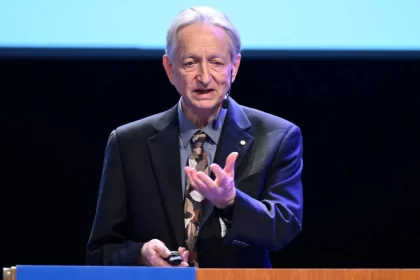During a new project, NASA asked all people to participate in training the artificial intelligence of Mars rover to better identify the surface features of Mars.
NASA’s Perseverance rover is the most advanced vehicle ever sent to the Red Planet, with an array of cameras and a meticulous design that should stand the test of time.
However, it’s just a robot, and sometimes human understanding can help a robot become intelligent. If you’d like to contribute to the persistent rover, NASA is asking enthusiasts to help with persistent machine learning algorithms.
All you have to do is look at the pictures and mark the relevant geological features. This is something that most people can do directly, but it’s difficult for a robot.
This NASA project for training the artificial intelligence of the Mars rover is called “Artificial Intelligence for Mars” (AI4Mars) and is a continuation of the project that started last year for the Mars rover “Curiosity”. Curiosity reached Mars in 2012 and has been making history ever since. NASA used the experience gained with the Curiosity rover as a starting point when designing the Persistence.
The new rover has 23 cameras that record a large amount of image data from Mars, but the robot relies on human operators to further interpret these images. This rover has artificial intelligence to pass the surface obstacles of Mars well, and in the new NASA project with the help of people, its intelligence will be even better.
Selfie of Mars Rover Perseverance with Genius Mars Rover Helicopter
Credit: NASA/JPL-Caltech/MSSS/Seán Doran
The AI4Mars project site allows users to choose between Opportunity, Curiosity, and new images of the Perseverance rover. After selecting the type of images the user wants to review, several different indicators are displayed along with descriptions of each.
For example, the NavCam asks the user to detect sand, loose soil (where the wheels have good traction), bedrock, and large rocks. Examples of all of these structures are included, so getting started is quick.
With all this labeled data, NASA can train neural networks to better recognize Martian surface features. Eventually, a rover might be able to walk around and collect samples without waiting for commands from the mission control team and receiving precise instructions for the slightest movement.
AI training also helps to better identify the most important geological features, saving humans from blindly sifting through gigabytes of data.
The result of Curiosity’s AI4Mars project is an algorithm called Soil and Object Feature Classification (SPOC). The algorithm is still under active development, but according to NASA, it can now identify Martian features with 98% accuracy.
Tagged images from the Persistence rover, which include more detail including lone rocks, pollen-like pebbles, and apparent bedrock texture, further improve the SPOC algorithm. In some images, almost all objects are already labeled, but others may be incomplete.
The artificial intelligence project Curiosity recorded about half a million tagged images. Although uploading 20,000 persistent images is a good achievement for the mission team, this amount will probably be much higher.
Cover photo: The artificial intelligence training process of Perseverance Mars rover
Credit: NASA/JPL-Caltech
Source: Extreme Tech
RCO NEWS














